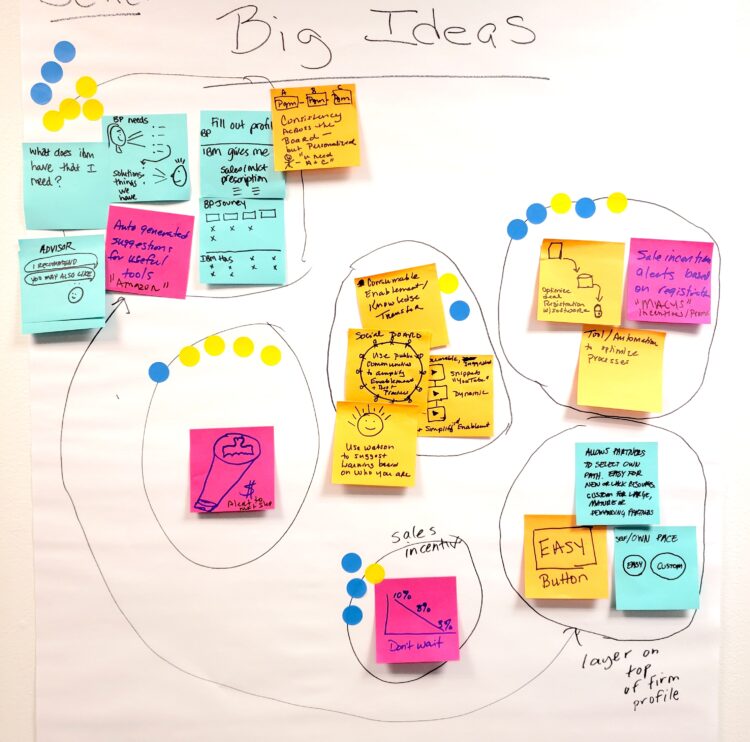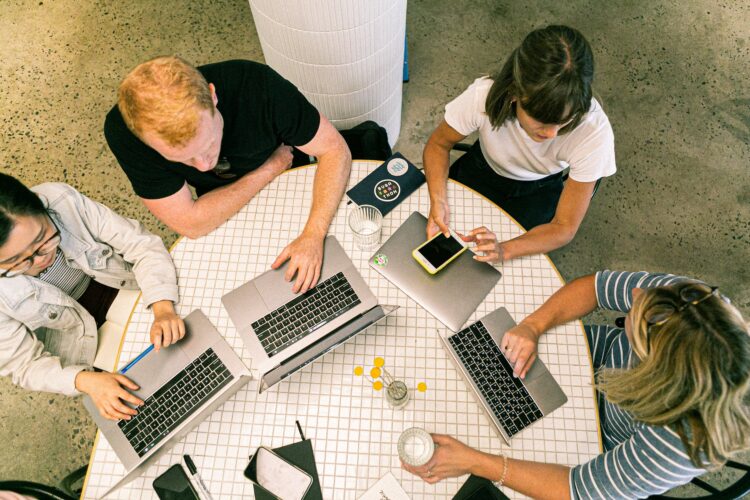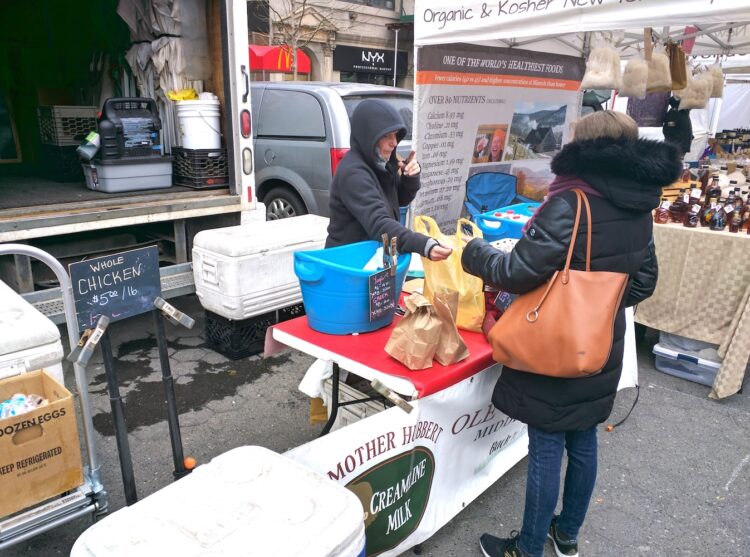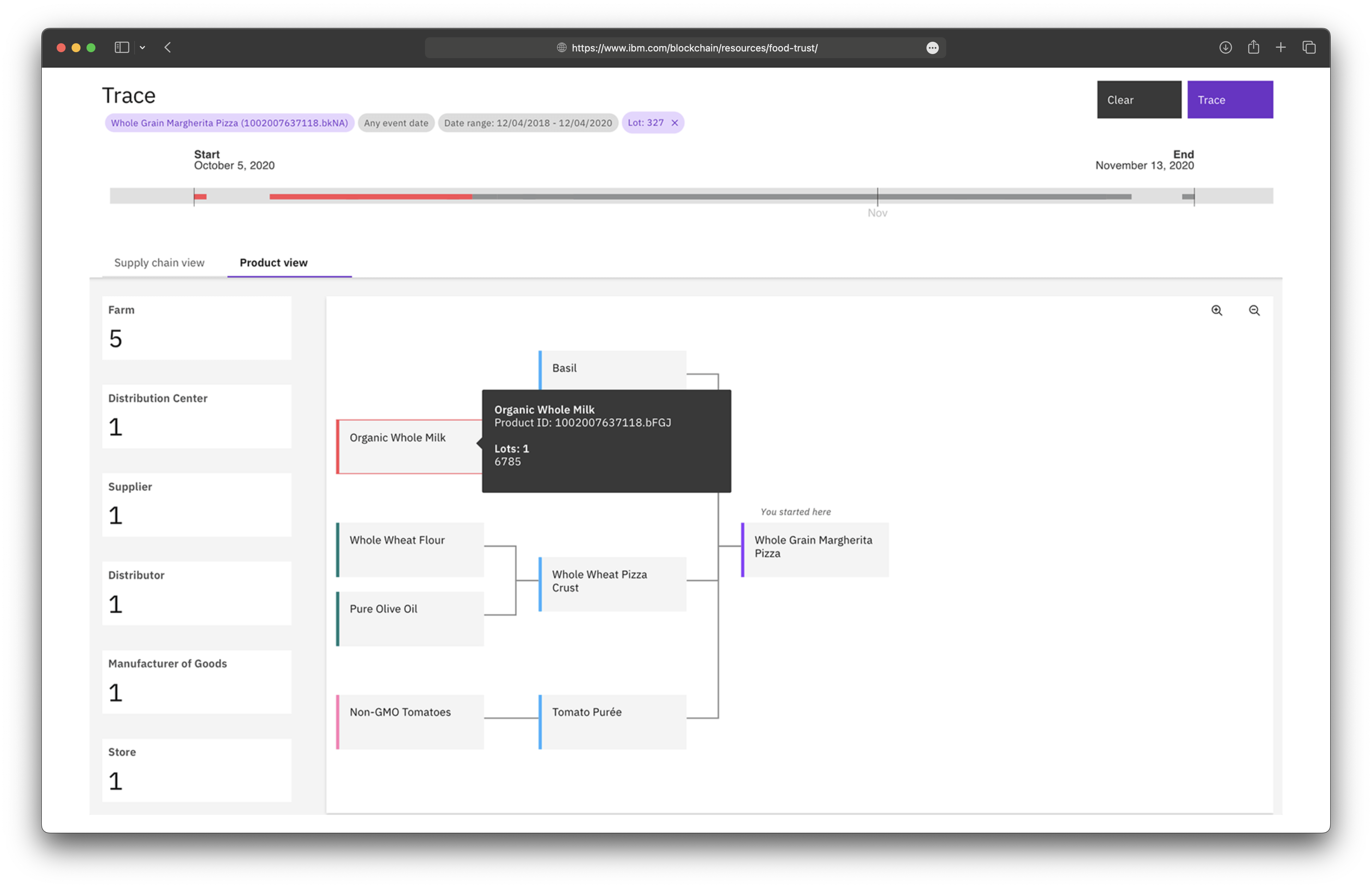| Client: | IBM |
| Dates: | November 2017 – Present |
| Skills/Subjects: | business, Food systems, ibm, information architecture, information visualization, interaction design, interface design, management, professional, prototyping, research, UI design, usability, Usability testing, UX |
| URL: | https://ibm.com/food |
IBM Food Trust is a collaborative network of growers, processors, wholesalers, distributors, manufacturers, retailers, and others, enhancing visibility and accountability across the food supply chain. Built on IBM Blockchain, this solution connects participants through a permissioned, immutable and shared record of food provenance, transaction data, processing details and more.
I joined the Food Trust team in November 2017, working closely with my design team, business development, marketing, and offering management teams. My goal was to align our business research agenda to design research in order to best leverage our recently developed blockchain resources for a solid market application.
Team alignment through research
I kept teams aligned through design thinking activities with clients and internal stakeholders, research agenda planning, sharing tips on research methods with my teammates, and sharing and learning with advisory board members.
My first major task with the Food Trust team was to help align the many stakeholders across four Food Safety groups on three “hills” each. I organized several sessions via Mural with each team individually to educate them on what a hill is, why it’s valuable, and using it as a medium to share knowledge. In the end about 15 co-creating stakeholders converged on three hills per team, approved by the offering management leader, and presented to or viewed by many more across our teams.

Secondary research
Most of my focus was on developing our research agenda for both business and design issues. Another one of my first major tasks was to review our personas. I found that what had been defined already was very loose and not as clearly grounded in documented evidence as I felt we should be confident in. I started by gathering materials mentioning any role, job, user, or persona from across our team. I validated what I gathered with some internal stakeholders that this was the generally agreed upon personas.
Then, I went to job posting sites using the same keywords and titles as I had gathered internally. I found some important differences in both what terminology we used as well as how our assumptions matched up with real expectations from the folks we expected would use Food Trust. I compiled these into both a brief and lengthy version of what I referred to as target groups, as the data referred to something more like a market segment or real groups/characteristics of people. I presented this work and validated it with my stakeholders who had spoken with these potential users before, and they found I had reached a higher fidelity for our shared understanding of who we design for.

This also provided a foundation for two research thrusts into how producers may find value in Food Trust, as they are unlike our large multinational clients, as well as what their technological readiness is to use the service. I then produced a report (confidential, can’t share unfortunately) detailing how consumers may benefit from Food Trust data, as well as how we might provide that information at the right time and place.
Primary research

My foundational target group research also helped me tailor primary research. In early 2018 I visited a local farmer’s market to gather more data on how the producers there ran their business as much as how they work on their farm (or other operation). I compiled my research and presented to offering management to demonstrate what they valued as a point of divergence from our priorities at the time regarding producers and how they interact directly with consumers. I received a lot of praise from this, and a major marketing video was produced with our VP at the same farmers market following that presentation.
Working with my business development colleagues, I helped them develop surveys to send to producers, manufacturers, and distributors, as well as incorporate more design-oriented questions to guide my team’s work. I then adapted the surveys to both an unmoderated questionnaire to be sent by email as well as a guide to be delivered as an interview in conjunction with a contextual inquiry. My interviews with other industry experts and producers helped guide our upcoming research.
Evaluations

Another major responsibility was leading usability and heuristic evaluations of our interfaces. Through a number of methods, including heuristic and cognitive walkthroughs and usability tests, I ensured our interfaces are usable, accessible, and consistent with our overall design language.
I worked with our client success team to record and observe our current beta users as they use our product normally, which also allowed me to construct an evidence-based as-is journey map for each of our modules. Using this journey map and input from our architect and offering managers, I had been able to also construct a to-be journey map and set of needs statements that help us articulate what a future state of Food Trust might be. In this vein, I worked with my manager and UX design lead to build lo/mid-fi conceptual prototypes of certain components in order to best collaborate on this future state.
